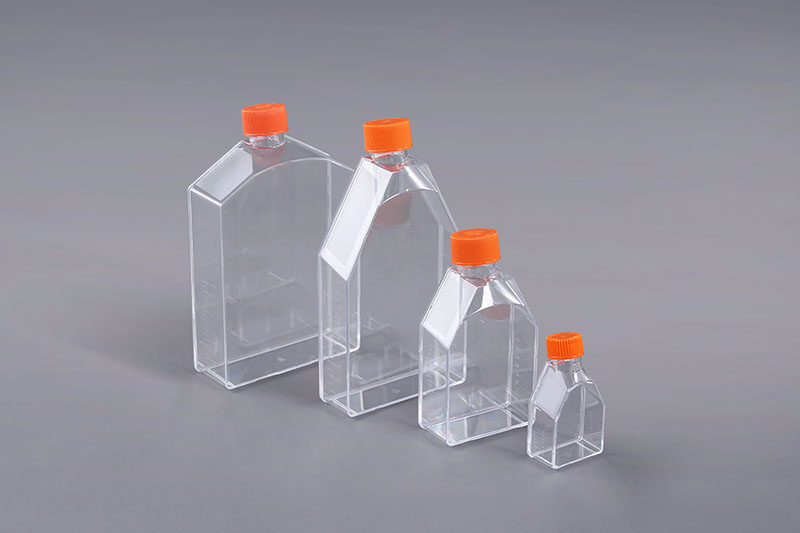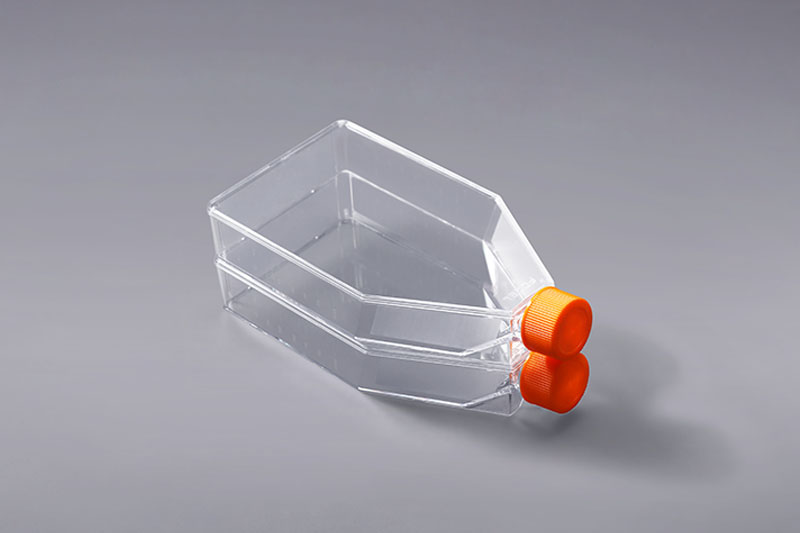付着細胞は現在、細胞培養の主なタイプです。それらは、支持体の表面に吸着され、それ自体によって分泌されるか、または培養培地に提供される付着因子に依存して、表面上で成長および増殖する必要がある。 細胞培養フラスコの細胞が壁に付着できないことが時々あります。これを引き起こしているのは何ですか?
細胞接着は、環境に適応するための反応です。培地よりも密度の高い細胞は底面に定着します。細胞が生き残るためには、この環境を改善し、細胞外マトリックスを分泌し、底面の構造を改善し、そして自然に底面に付着する必要があります。その上に。水より密度の低い細胞は液面に浮くため、底面に付着することはできませんが、細胞が細胞培養フラスコの上壁に接触できるように培養液を満たせば、また、壁に固執します。細胞が壁に付着していない場合は、次の側面から分析できます:
1。細胞の通過にとって最も重要なことは、トリプシン処理の時間です。細胞が十分に消化されていない場合、細胞自体が凝集します。トリプシン処理が長すぎると、細胞膜タンパク質の損傷を引き起こしやすく、細胞が壁にしっかりと付着しなくなり、顕微鏡での観察による立体的な効果が強くありません。 、そして重症の場合には細胞死を引き起こすことさえあります。
2。接着因子の欠如:血清には接着促進因子が含まれており、無血清培地プロセスでそのような接着促進因子が欠如していると、細胞の接着効果が大幅に低下します。
3。マイコプラズマまたはバクテリアの汚染。
4。過度のアルカリ性pHやGln。
5が少なすぎるなど、培養液の不適切な構成と保管。回収された細胞は良好な状態ではなく、老化して接着力を失っています。
6。接種された細胞の数が少なすぎて、十分な細胞外マトリックスを分泌できません。
7。蘇生中の処理速度が遅すぎて、蘇生プロセスが不適切です。
まとめると、付着細胞の非付着は主に上記の理由によるものです。また、表面にTC処理を施していないプラスチック細胞培養フラスコも、細胞の接着性能に影響を与えます。
The FAI climbed 5.9 percent year-on-year in the first 11 months of 2018, quickening from the 5.7-percent growth in Jan-Oct, the National Bureau of Statistics (NBS) said Friday in an online statement.
The key indicator of investment, dubbed a major growth driver, hit the bottom in August and has since started to rebound steadily.
In the face of emerging economic challenges home and abroad, China has stepped up efforts to stabilize investment, in particular rolling out measures to motivate private investors and channel funds into infrastructure.
Friday's data showed private investment, accounting for more than 60 percent of the total FAI, expanded by a brisk 8.7 percent.
NBS spokesperson Mao Shengyong said funds into weak economic links registered rapid increases as investment in environmental protection and agriculture jumped 42 percent and 12.5 percent respectively, much faster than the average.
In breakdown, investment in high-tech and equipment manufacturing remained vigorous with 16.1-percent and 11.6-percent increases respectively in the first 11 months. Infrastructure investment gained 3.7 percent, staying flat. Investment in property development rose 9.7 percent, also unchanged.
 English
English




















































